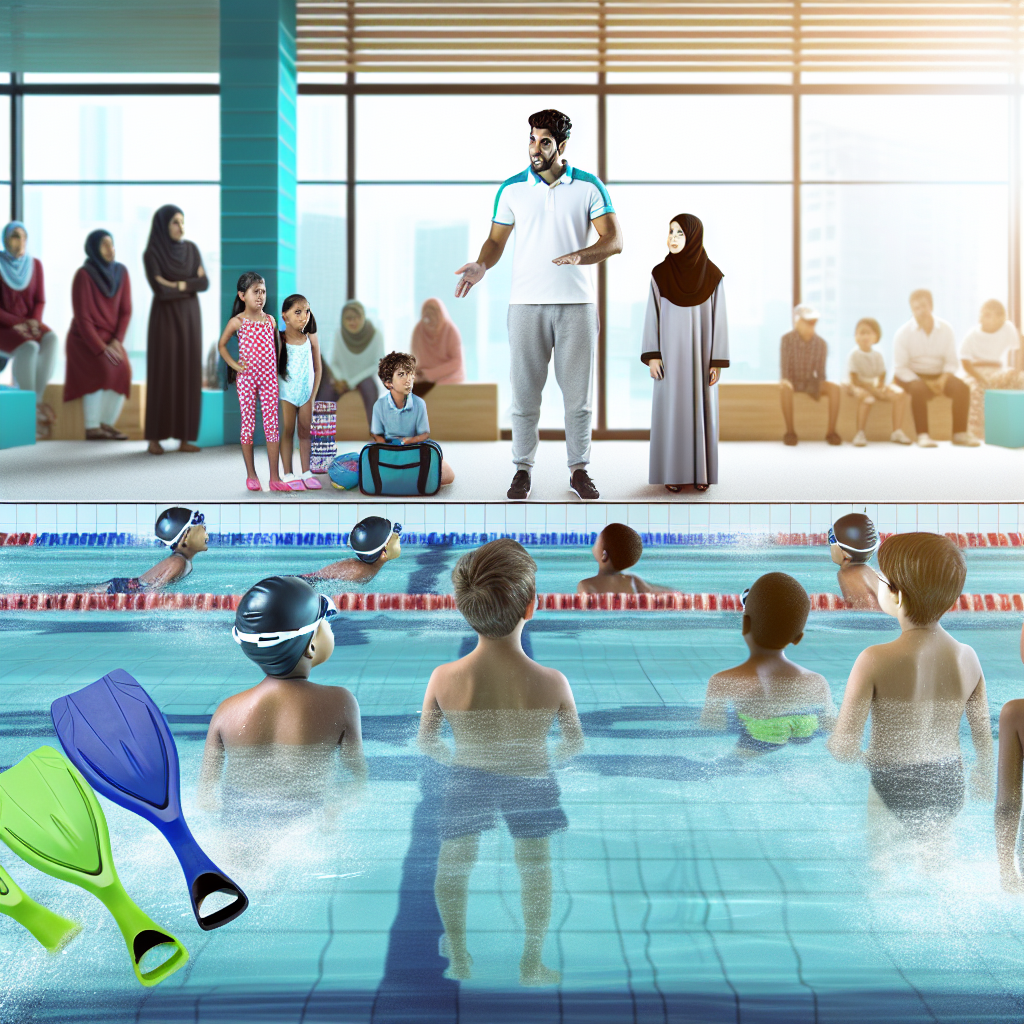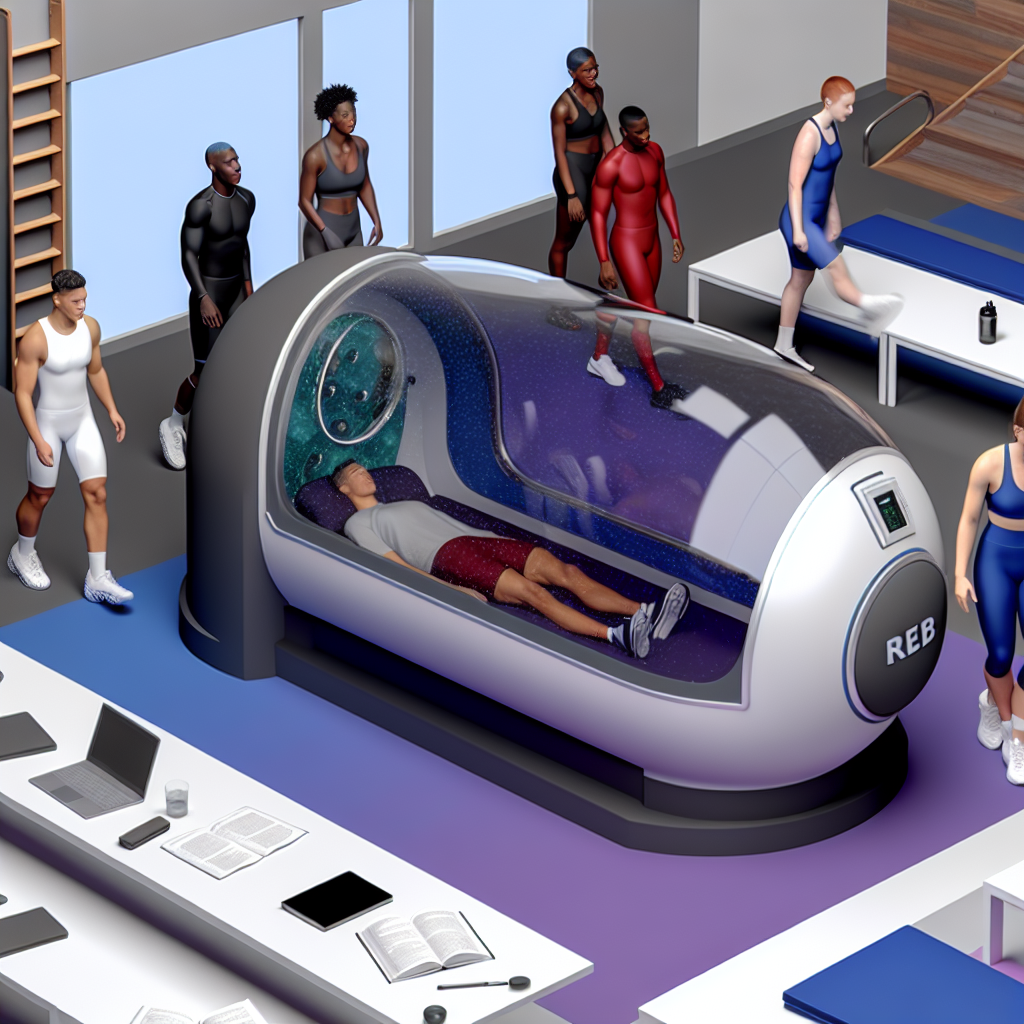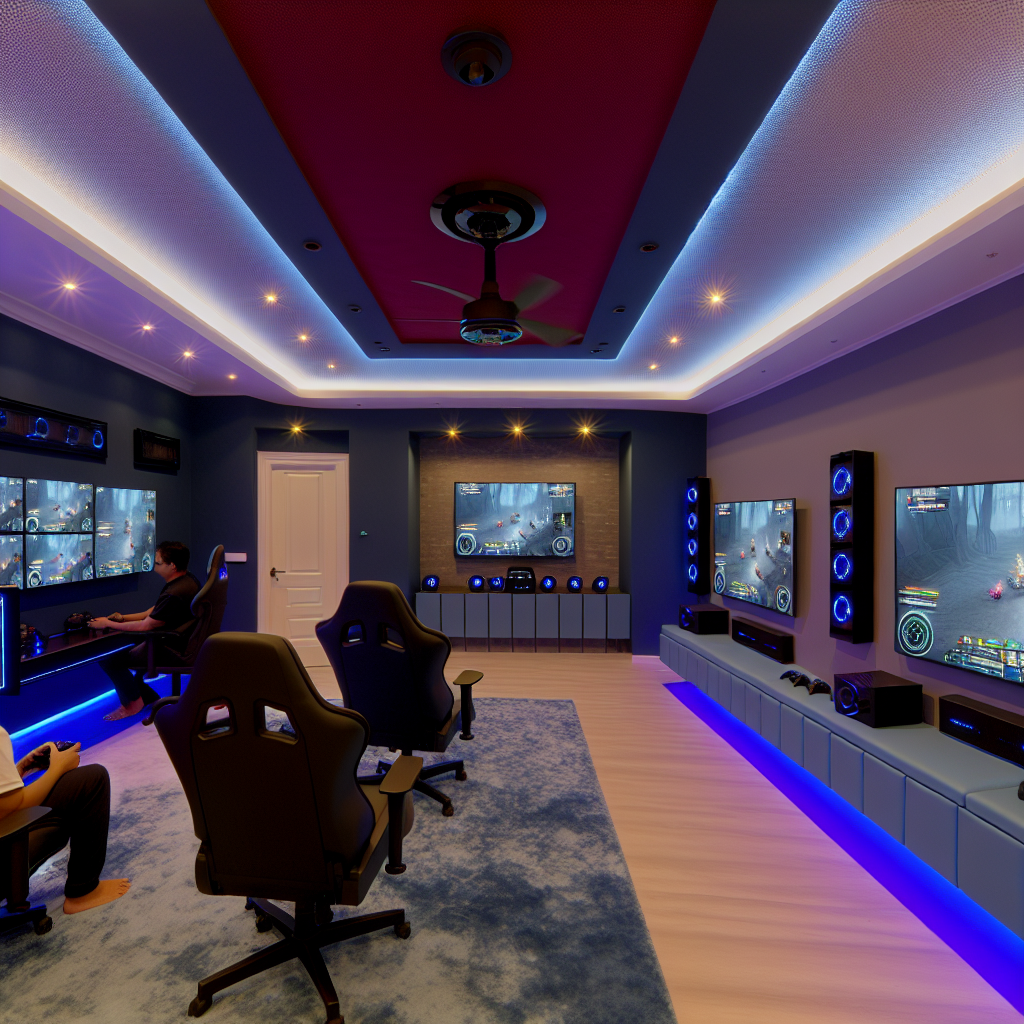Elite Swimming Instruction for Young Children
Introduction
In the world of discerning parenthood, where excellence and early personalized development are paramount, swimming instruction is swiftly transitioning from a necessary life skill to a curated, holistic experience that reflects the values of health, safety, and elevated living. Especially for parents of means, elite swimming programs have emerged as a strategic activity designed not only to prevent drowning but to promote cognitive development, muscular coordination, emotional intelligence, and future competitive advantages.
Elite swimming instruction for young children—typically ranging from six months to six years—encompasses far more than the average group lesson at the community pool. These programs are meticulously tailored to suit the unique capabilities and temperaments of individual children and are often overseen by former Olympians, developmental therapists, and expert aquatic educators highly trained in early childhood learning methodologies.
The demand for high-level aquatic instruction is rapidly increasing globally as affluent families pursue programs that align with their lifestyle while ensuring their children receive world-class training and individualized care. These lessons often take place in private, temperature-controlled pools and include one-on-one coaching. Additional services include psychological monitoring sessions, professional progress reports, and biometric performance tracking, which has become a hallmark of elite aquatic development.
Parents enrolling in these programs aren’t just prioritizing safety—they are making a comprehensive investment in their child’s future. For many, swimming is a developmental cornerstone that influences confidence, physical awareness, emotional regulation, and even social adaptability from a tender age. Children exposed to strategic, luxurious swim curriculums learn invaluable life skills—focus, discipline, resilience, and self-trust—while enhancing full-body strength and coordination.
From a holistic wellness lens, early elite swim instruction also contributes to sensory integration, core strength development, and improved pulmonary function. When executed with precision, aquatic instruction can even serve as therapeutic intervention for children facing sensory processing disorders or developmental delays. In this rarefied domain, swimming evolves into more than a skill—it’s an essential pathway to lifelong health, discipline, and excellence. For high-net-worth families, it becomes a foundational benchmark of their child’s luxury upbringing.
Features: Research-Backed Benefits and Professional Standards
Elite swimming instruction is defined as much by its refined delivery as it is by the wealth of scientific evidence championing its developmental impact. Decades of research support the physical, psychological, and cognitive benefits associated with early exposure to structured swimming education.
One foundational study conducted by Griffith University in Australia, examining over 7,000 children aged five and under, showed that children who engaged in early-years swim lessons were measurably ahead of their peers in visual-motor skills, literacy, mathematics, and language development. These benefits extended far beyond physical improvement, demonstrating that early aquatic learning contributes to stronger academic performance and overall brain development.
In parallel, the American Academy of Pediatrics (AAP) emphasizes the importance of introducing swim lessons as early as age one. Once considered too early, this updated guidance is based on increasing evidence that professionally guided swimming supports developing respiratory systems, enhances cardiovascular capacity, and improves skeletal muscle strength—all vital markers of a healthy and thriving child.
What separates elite programs from typical group swim classes is their commitment to precision and personalization. Guided by specialists in both pediatric development and sport-specific training, these approaches ensure children participate in activities that are aligned with their personal developmental timelines. Lessons are typically structured around each child’s cognitive style, whether visual, auditory, kinesthetic, or a multimodal blend, allowing for a more intuitive learning experience.
Research from the National Institutes of Health underscores this point. Their findings reveal that multimodal learning strategies dramatically improve retention rates in early learners, especially when stimulus mechanisms are balanced between motor activity, visual learning, and active listening.
In terms of brain growth, swimming helps to synchronize movement between both hemispheres of the brain—a phenomenon known as bilateral coordination. This neurological symphony strengthens a child’s executive function, improves attention span, and enhances emotional regulation. Additionally, mastering new aquatic motions heightens spatial awareness and teaches children to remain calm under pressure, a life skill that transcends the pool.
To elevate instruction further, many elite swim academies are now incorporating biometric technology and advanced coaching analytics. Devices such as underwater monitors assess heart rate, oxygen saturation, and movement efficiency in real time. Using this data, instructors can finely tune each session to the child’s exact stamina level and developmental targets. This feedback loop ensures that optimal physical development isn’t merely estimated—it’s measured and maximized.
Moreover, with fewer distractions and an intimate learning environment—often limited to one instructor per child—elite lessons are more than just educational; they’re transformative. Whether focused on Olympic potential or foundational water safety, the continuous evolution of these programs is grounded in data-backed science and a commitment to wellness, achievement, and individualized care.
Conclusion
For those who believe in giving their children a competitive edge rooted in wellness, elite swim instruction is as much an investment in their future as their education or nutrition. Built on a fusion of rigorous science and tailored luxury, these programs offer the highest standard of early childhood aquatic education available today. They don’t just teach swimming—they foster confident, capable, and resilient young minds and bodies through a discipline that mirrors life itself.
From enhancing early learning capacities to nurturing full-body health and preparing a child for ambitious paths ahead, elite aquatic education is not merely an extracurricular activity. For today’s modern families invested in growth, safety, and excellence, it’s a profound and lasting legacy that begins one lap at a time.
References
- Griffith Institute for Educational Research (2013). Early-Years Swimming: Adding Capital to Young Australians
- American Academy of Pediatrics (2019). Swim Lessons for Children and Toddlers
- National Institutes of Health (2020). Multimodal Learning Strategies and Memory Retention in Early Childhood

Dominic E. is a passionate filmmaker navigating the exciting intersection of art and science. By day, he delves into the complexities of the human body as a full-time medical writer, meticulously translating intricate medical concepts into accessible and engaging narratives. By night, he explores the boundless realm of cinematic storytelling, crafting narratives that evoke emotion and challenge perspectives. Film Student and Full-time Medical Writer for ContentVendor.com




